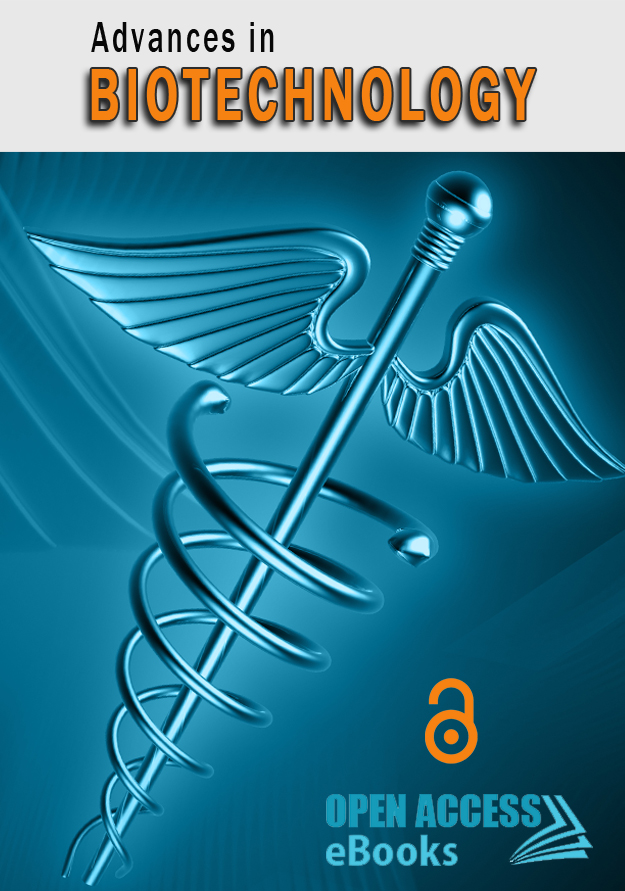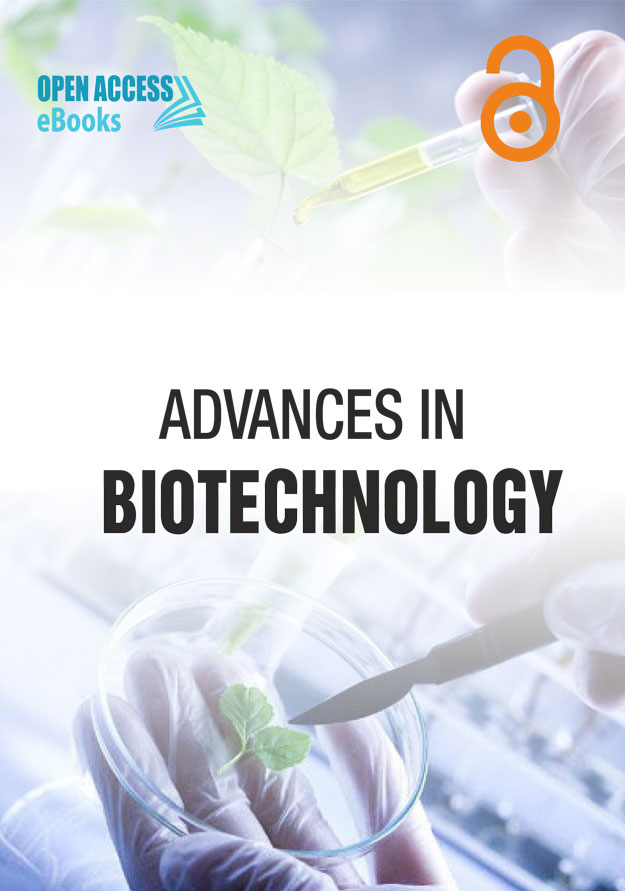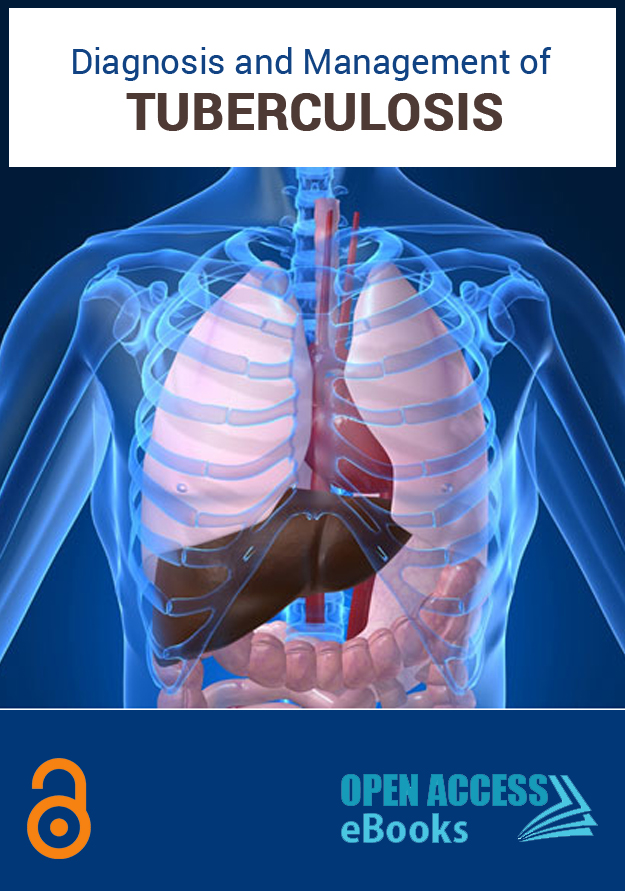
ISBN: 978-93-87500-23-5
Editors:
1. Asis Datta
2. Md Fakruddin
3. Hafiz Muhammad Nasir Iqbal
4. Jayanthi Abraham
Biotechnology is the use of living organisms, biological processes or systems to manufacture/develop different drugs or products to improve the quality of life. The science of biotechnology is divided into four categories: red, white, green & blue.
Open Access eBooks is inviting researchers working in the areas of Biotechnology to submit their book chapter for the publication in volume 3 of an eBook ADVANCES IN BIOTECHNOLOGY.
All book chapters undergo review process and published content is available in PDF & HTML formats.
Benefits of publishing with us:
Universal Access: eBooks published in Open Access eBooks gain international visibility. No region barriers and content is accessed by everyone across the world from our website. We also deposit published eBooks in different databases.
Freely Available: Open Access eBooks follows the principles of Open Access and the content is available to the readers without any cost. Readers can read, share, and store the published ebooks/book chapters.
Copyright with Authors: As an eBook publisher, we serve researchers in publishing their valuable work after the stringent review process. However, copyright lies with authors. We follow the CC-BY-NC-ND license (https://creativecommons.org/licenses/by-nc-nd/3.0/).
Different Formats: We provide eBooks in PDF and HTML formats. Both formats are user friendly and can act as per the user requirements. We put our efforts to provide other formats in future.
For more information, contact info@openaccessebooks.com
Published Chapters:
Extraction of Fungal Chitosan and its Advanced Application
Author(s): Sahira Nsayef Muslim; Israa MS AL-Kadmy*; Alaa Naseer Mohammed Ali; Ahmed Sahi Dwaish; Saba Saadoon Khazaal; Sraa Nsayef Muslim; Sarah Naji Aziz
Biopolymer is a term commonly used for polymers which are synthesized by living organisms. Biopolymers originate from natural sources and are biologically renewable, biodegradable and biocompatible. Chitin and chitosan are the biopolymers that have received much research interests due to their numerous potential applications in agriculture, food industry, biomedicine, paper making and textile industry. Chitin is a polysaccharide, made of N-acetyl-D-glucosamine units connected by β (1→4) linkage. When the acetyl-D-glucosamine units in chitin lose acetyl groups, the molecule is called chitosan.
Isolation and Separation of Phenolics using HPLC Tool: A Consolidate Survey from the Plant System
Author(s): Kumbhani Nancy R; Thaker Vrinda S*
HPLC is a versatile tool for separation of phenolics from the plant systems. Many studies are conducted for separation of phenolics using HPLC tool. This chapter summarized the work done in this area using various solvents, plant parts and assay condition in tabulated form.
Advances in Microbial Genomics in the Post-Genomics Era
Author(s): Amjad Ali*; Tanzeela Raza; Hira Sikandar
In the pre-genomic era, microbes have been used for hundreds of years due to their applications in products such as bread, beer and wine. The use of these microbes in biotechnology is only possible when scientists know the mystery about this tiny creature. In the post-genomic era, thousands of whole genome sequences along with advanced analysis tools, techniques and technologies have been developed for the exploration of hidden potentials in these microorganisms. In this chapter, we summarize the timeline and advancements in microbial genomics made in the post-genomic era. Microbial evolution through 16S rRNA, bacterial genome sequencing boost by Next-generation and third generation sequencing technologies has also been discussed. Comparative genomics approaches to identify industrial microbes, pathogenic, non-pathogenic, rare and uncultivated microbes have also been described. Pangenome analyses for exploring the genome diversity and plasticity. Finally, reverse vaccinology and subtractive genomics approaches have been discussed in the context of its potentials to identify putative vaccine and drug targets.
Advances in Biotechnology in the Post Genomics era
Author(s): Amjad Ali*, Hamza Arshad Dar, Tahreem Zaheer
Pregenomic era comprised of efforts to sequence genome and now in the post genomic era where we have greater than 1000 genomes available, science is heading toward extracting valuable information from them. Sequencing has helped in revealing the hidden meaning of nucleotide and protein sequencing. Shifting from the trends of the pregenomic era to post genomic era resulted in enormous data. In this chapter, we have explored the impact of advancements in genomics on organisms ranging from viruses to plants with focus on their applications in Biotechnology. In particular, we have discussed the influence of rapidly available sequencing data in exploiting the viruses for our benefit, especially in vaccine development. In this regard, some Bioinformatics-based tools and software have been discussed. The Human Genome Project and its importance as an example and a motivation for other similar organism-specific large-scale sequencing projects has been highlighted.
Plant Growth Promotion by Endophytic Actinobacteria Associated with Medicinal Plants
Author(s): Tamreihao K*, Rakhi Khunjamayum, Ningthoujam DS
There is a lot of prospect for production of novel bioactive metabolites for application in medicine, pharmaceutical, agricultural and other industry from endophytic bacteria associated with medicinal plants. Actinobacteria are spore forming that can form a stable and persistent population in various ecosystems. Actinobacteria especially Streptomyces are prolific producers of several agriculturally important secondary metabolites that can be use as plant growth promoting and biocontrol agents. Endophytic actinobacteria associated with medicinal plants can directly promote the growth of plants through production of indole acetic acid, siderophore, solubilization of inorganic phosphate and fixing of free nitrogen. They can promote the plant under stress conditions by production of aminocyclopropane-1-carboxylic acid deaminase. They can also act as an agent for improving phytoremediation of toxic metals and organic pollutants.
Viability of Probiotics in Dairy Products: A Review Focusing on Yogurt, Ice Cream, and Cheese
Author(s): Amal Bakr Shori*; Fatemeh Aboulfazli; Ahmad Salihin Baba
Probiotic is a dietary supplement of live microorganism that contributes to the health of the host. Commercially produced food biotechnology products may contain either a single probiotic strain or bacterial mixtures of various complexities to increase food nutritional and therapeutic properties. It is highly desirable that the viable number of probiotics in the final product to be at least 106–107 cfu/g to be accepted as the therapeutic minimum. Various ways were carried out to enhance the viability of probiotics. Therefore, the purpose of the present study is to review the importance of probiotics in dairy food and their viability in yogurt, ice cream and cheese during storage.


